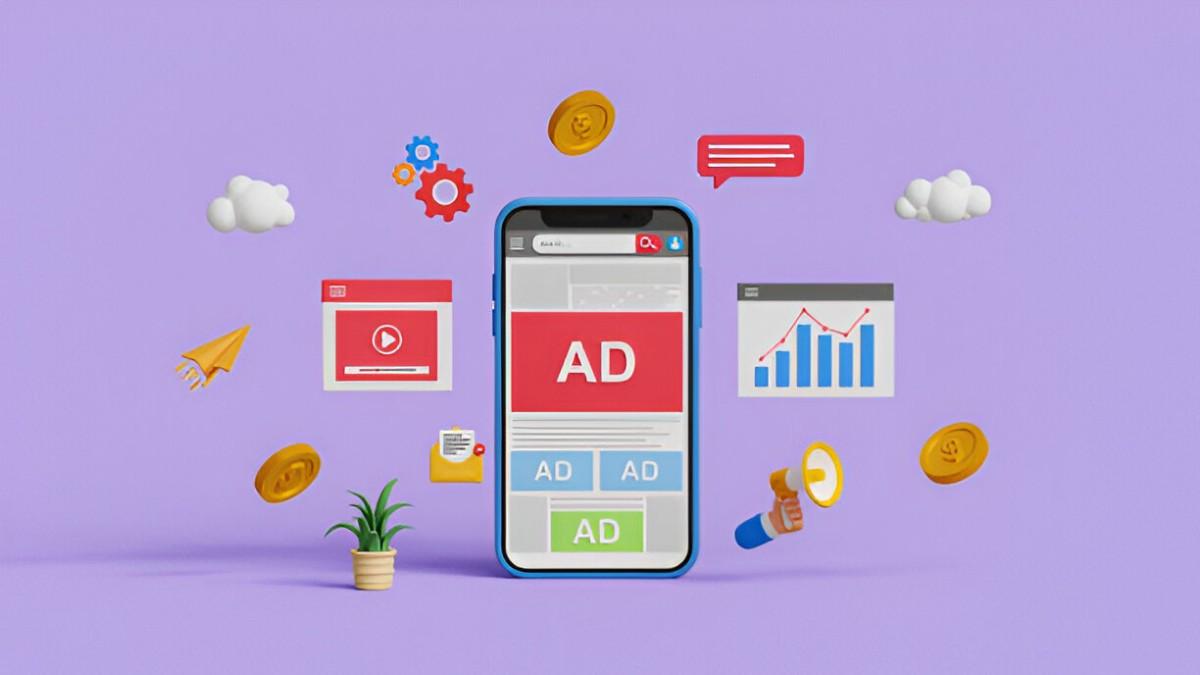Pay-per-click (PPC) advertising is an essential strategy for businesses aiming to drive targeted traffic and maximize ROI. Creating and managing dynamic PPC ads can significantly boost campaign performance by delivering personalized and relevant content to potential customers. Over the years, various tools have emerged to simplify the process of managing these campaigns. In this article, I will explore the top tools that can help you create and manage dynamic PPC ads, discuss their features, and provide insights into how they can fit different advertising needs.
Understanding Dynamic PPC Ads
Dynamic PPC ads adapt their content based on user behavior, search queries, or website activity. They are designed to:
- Deliver personalized experiences.
- Improve click-through rates (CTR).
- Increase conversion rates by displaying relevant content.
Dynamic ads are particularly effective in industries where products or services vary widely, such as e-commerce, travel, and real estate.
Features to Look for in PPC Tools
When selecting tools for dynamic PPC ads, consider the following features:
- Ease of Use: An intuitive interface is essential, especially for beginners.
- Integration: Compatibility with platforms like Google Ads, Microsoft Ads, or social media networks.
- Automation: Capabilities like auto-bidding, audience targeting, and ad creation.
- Customization: Options to tailor ads based on user data and preferences.
- Analytics and Reporting: Robust features to track performance and refine strategies.
Top Tools for Creating and Managing Dynamic PPC Ads
Below is an in-depth look at some of the best tools available. To help you choose, I’ve included a comparison table highlighting their core features.
1. Google Ads
Google Ads remains the cornerstone for most PPC campaigns. Its Dynamic Search Ads (DSA) feature scans your website’s content and automatically creates ads based on user searches.
Key Features:
- Automatic headline generation.
- Dynamic keyword insertion.
- Remarketing capabilities.
- Extensive audience targeting options.
Pros:
- Wide reach on the Google search network.
- Seamless integration with Google Analytics.
- High degree of customization.
Cons:
- Can be complex for beginners.
- Requires constant monitoring to avoid overspending.
2. Microsoft Ads
Microsoft Ads offers similar features to Google Ads but caters to the Bing audience. Its unique selling point lies in its lower competition and cost-per-click (CPC).
Key Features:
- Dynamic search ad creation.
- AI-driven audience targeting.
- Integration with LinkedIn data.
Pros:
- Cheaper CPC compared to Google Ads.
- Access to professional audiences via LinkedIn integration.
- Easy-to-use interface.
Cons:
- Smaller audience reach.
- Limited third-party integrations.
3. WordStream Advisor
WordStream Advisor is a comprehensive platform for managing PPC campaigns across multiple channels, including Google and Facebook.
Key Features:
- Cross-platform management.
- Automated recommendations for ad improvements.
- Intuitive dashboard for tracking performance.
Pros:
- Streamlines campaign management.
- User-friendly for small businesses.
- Robust reporting tools.
Cons:
- Monthly subscription cost.
- Limited advanced features for experienced marketers.
4. AdRoll
AdRoll is designed for retargeting and display advertising. It works well for creating dynamic ads that follow users across the web.
Key Features:
- Retargeting capabilities.
- Dynamic ad creation based on user behavior.
- Integration with e-commerce platforms like Shopify.
Pros:
- Great for retargeting campaigns.
- Easy integration with multiple platforms.
- Visual ad builder for dynamic content.
Cons:
- Focused more on display ads than search ads.
- Higher costs for advanced features.
5. SEMrush
SEMrush is a versatile tool with features extending beyond PPC. Its PPC Keyword Tool and ad builder are particularly useful for dynamic ad campaigns.
Key Features:
- PPC keyword research.
- Competitor analysis.
- Ad copy suggestions.
Pros:
- All-in-one tool for SEO and PPC.
- Helps optimize landing pages for ads.
- Detailed analytics.
Cons:
- Expensive for small businesses.
- Steeper learning curve for beginners.
Comparison Table of PPC Tools
| Tool | Best For | Platforms Supported | Unique Feature | Starting Price |
|---|---|---|---|---|
| Google Ads | Search ads | Google Search, YouTube | Dynamic Search Ads | Pay-as-you-go |
| Microsoft Ads | Low-cost campaigns | Bing, LinkedIn | LinkedIn integration | Pay-as-you-go |
| WordStream | Cross-platform campaigns | Google, Facebook | Automated recommendations | $49/month |
| AdRoll | Retargeting and display | Google, Facebook, Shopify | Visual ad builder | $9/month |
| SEMrush | Advanced PPC optimization | Google, Bing | Competitor analysis | $119.95/month |
Tips for Managing Dynamic PPC Ads
- Regularly Update Content: Ensure your website and product feeds are up to date for accurate ad generation.
- Leverage Audience Segmentation: Use tools to segment audiences based on demographics, behavior, or interests.
- Monitor Performance: Regularly review metrics like CTR, CPC, and conversion rates to refine campaigns.
- A/B Test Ads: Experiment with different headlines, descriptions, and landing pages to determine what works best.
- Set Budget Limits: Use budget caps to prevent overspending.
Conclusion
Creating and managing dynamic PPC ads requires the right combination of tools and strategies. While Google Ads and Microsoft Ads dominate the space, platforms like WordStream, AdRoll, and SEMrush provide additional capabilities for specific needs. By selecting the right tools and following best practices, you can ensure your PPC campaigns deliver maximum value. Whether you’re a small business owner or a marketing professional, these tools can help you navigate the complexities of dynamic PPC advertising with confidence.





